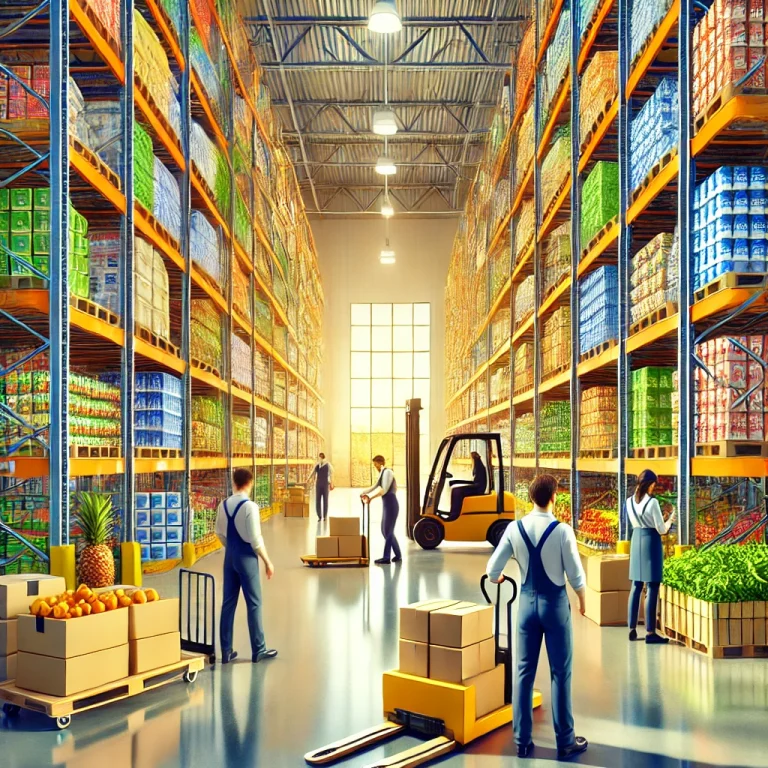- Are You A Brand – Building Sales Channels Across India ?
- Are You Channel Partner Looking For Distribution Opportunity ?
Whether you are a manufacturer, looking for distributors, dealers, wholesalers, agents, franchise or an aspiring business looking for distributorship, agency, franchise – there’s huge disruption awaiting you !
The Corona pandemic has disrupted everyday life – from consumer to brands to channel partners – everyone is severely affected. Its no longer business as usual – every business has to change itself to survive and grow in post-Covid days. B2B sales channels are lifelines for any brand. How does one secure existing channels and grow new ones in this changed world ?
Frequent lock-downs and social distancing norms have forced organizations to shift towards digital. As per Accenture research, 46% of SMBs have invested in digital infrastructure for a clear shift towards online and contact-less sales process. In fact, importance of digital channels for B2B sales has been growing for last few years and has radically increased during COVID-19 crisis. As per a McKinsey global study – sales leaders on average rate digital channels approximately twice as important now as they were before with B2B decision makers in Spain and the UK rating them even more highly. Clearly, this is a worldwide trend and India can not remain an exception.
So, how does Indian businesses build distribution channels in post Covid era ? The days of appointing ASMs for building distribution channels the traditional Bottom-Up way is clearly over – at least for foreseeable future. Indian businesses, no matter large or small – has to now depend upon digital platforms to identify potential channel partners and build channels in Top-Down mode. Online platforms will play increasingly important role in channel building and channel sales.
B2B Wholesale E-Commerce
Wholesale, or rather online wholesale will assume more important role in channel building. Given the fact that wholesaling precedes distribution in many cases, specially SMBs – increasingly more and more brands as well as channel partners will resort to online trading. Today, online accounts for minuscule 2% of total retail sales – Modern Trade (MT) 8% and rest 90% by General Trade (GT). In an earlier blog article ( Future of Indian Distribution – Huge Disruption Ahead ) – we predicted a contraction of GT to 50% or less and corresponding growth of MT and Online to 30% and 20%, by the end of this decade. Covid has accelerated the shift dramatically – all businesses aspiring to build Pan-India sales channels should immediately focus on digital platforms for growth in coming days.
What Is B2B E-Commerce ?
Any transaction between two businesses is called Business-To-Business or B2B Commerce. When the transaction takes place in digital space – its called B2B E-Commerce. However, that’s only a very very simplistic definition. Any B2B E-Commerce platform must emulate traditional wholesale process as much as possible. In my view, B2B E-Commerce should have following features, that radically differentiates it from Business to Consumer (B2C) transactions:
- Buyers are Resellers – they buy for business, not personal consumption. This feature fundamentally differentiates a B2B transaction from B2C one
- Sales are always in bulk – called Minimum Order Quantity (MOQ) or Lots.
- Order quantity is a multiple of Lots
- Prices are never fixed – Goes up or down with volume/quantity change
- Higher the order quantity – Lower is the price per unit
- A re-order facility ensures smooth repeat sale – as business buyers tend to buy regularly
- Negotiation or bargain is an integral part of selling. No B2B transaction takes place without bargaining
- Credit is an integral part of b2b sales – almost always a part of terms/conditions (can even dictate pricing)
- Buyer and seller jointly bear responsibility of after-sale service
- Over time, channel relationship may change from wholesaler to dealer / distributor / stockist etc.
- Since volumes are large – logistics plays important role
Above is a list of basic features of a b2b e-commerce platform. There will be more requirements for product-specific or organization-specific features such as govt ordering or OEM purchase.
How To Implement Digital Transformation
For large organizations – investment on in-house online platform is the best way forward. Being in-house platform. the organization can customize it completely. However, the cost of building and maintaining such an in-house online platform would be substantial – may not be affordable for most SMBs.
For small businesses, it would be far more economical and cost-effective to join a digital platform like Amazon Business, Udaan or BazarA2Z. Incidentally, Vanik.com is building an online wholesale platform to complement its online-to-offline (O2O) distribution platform. This platform will be exclusively available for Vanik members only – completely free.
Conclusion
An omni channel approach of mixing offline and online for best return on investment could be the way forward. For online focus, integrated online platforms offering both wholesale and distribution could be the best bet.


